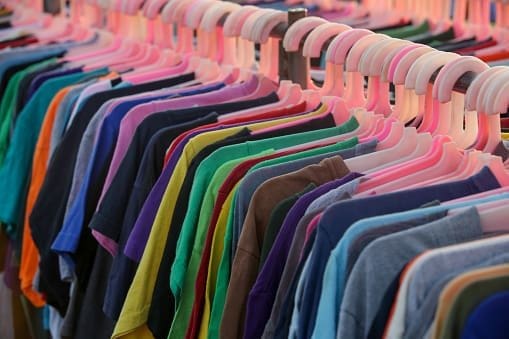The global market for used clothing and shoes has expanded dramatically in recent years. Exports of worn garments totaled US$1.4 billion in 2002. Exports were close to $4 billion in 2020, despite a decline during the COVID-19 epidemic. Well-known brands and high street retailers have developed in-house clothes resale and formed collaborations with digital secondhand platforms to find new applications for preloved fashions, notably luxury fashions, which has contributed to some of this increase.
Used clothes has gained new cachet in the west due to its sustainability and contribution to circular economies. By combining production and consumption, a circular economy seeks to reduce waste through reuse, repair, renovation, recycling, sharing, and leasing. This has sparked a tendency that vastly outpaces the rate of increase.
However, the west’s excessive clothes consumption and the export it encourages are not without issues. First off, the importation of used garments into Africa produces millions of tonnes of textile waste. Second, there have been debates concerning the negative consequences of the secondhand clothing market on the domestic textile and apparel industry. Arguments about whether to forbid imports are frequently in dispute. However, because of Africa’s weak borders, used clothing imports are easily trafficked in and out, rendering prohibitions mostly ineffectual. Numerous activities with a worldwide reach have altered the environment in inconceivable ways over the past 20 years. Additionally true in Africa. Despite these modifications, I continue to believe that current fashion trends illustrate some of the cultural and financial advantages.
The creative clothes business in African nations has unrealized fashion potential. However, secondhand clothing still remains a common choice for attire. Quite the opposite. Used clothing is being reused but with new, trendy twists. Sometimes this entails creating repurposed clothing from discarded materials. Aspiring designers in fashion studies in Africa and elsewhere are busy sourcing readily available used clothing for alterations and imaginative redesign into new garments and accessories. Open-air tailors and seamstresses operate from markets and houses. This reusing of used garments also has a practical and financial benefit. Customers believe that clothing imported from China is of lower quality than clothing found in several African markets.

